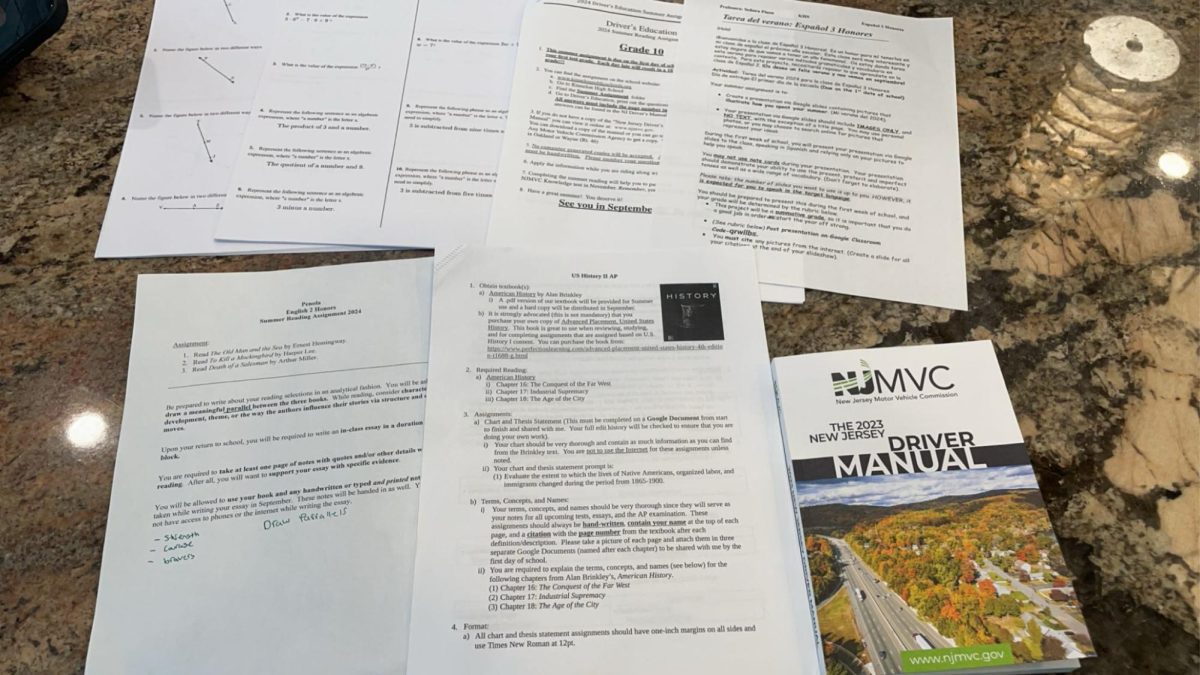While many students today take their education for granted, it remains important to understand why and how the curricula they follow are the way they are, and what connections schools have with our country at large and the political forces at play within.
Although the definition of what a modern curriculum is varies from source to source, the underlying principles remain mostly the same for all; a curriculum is a kind of educational procedure that students follow in order to learn both the class material and develop their own personal and social qualities. Prior to the Cold War, American education had been marked by inconsistencies, such as segregation or different learning material depending on the school’s stances, which led to an overall decreased level of quality in all educational fields, including the sciences (Topolovčan, Snježana). In addition, due to the general circumstances and lack of regulations during the industrial revolution, many children who entered school would make little use of their education in the harsh conditions of factories they worked in (Wright). These factors would improve as time progressed into the 20th century and civil cases outlawed practices such as child labor and segregation, allowing for a greater emphasis on education.
This would ultimately come to a head during the successful 1957 launch of Sputnik by the USSR, one of the first manmade satellites to reach an orbit in space. At the time, this accomplishment was regarded as an embarrassment to the United States, as well as a potential threat, by indicating that the Soviets had invested more resources into science and education than they had (Topolovčan, Snježana). To remedy this, in 1959, the Woods Hole Conference was held, where a panel of scientists and other experts addressed how education in the United States should be improved. The results of this conference, among others of its kind, would lead to the foundations of what we know today as conceptual learning and discipline-based education. As such, it placed a higher emphasis on STEM courses and the teaching of said courses, in addition to music and foreign languages.
The standardization of STEM courses across the nation inevitably followed, along with the rise of standardized testing which could effectively gauge a student’s knowledge of a subject as they progressed through a carefully controlled and approved course (Topolovčan, Snježana). This was aided by the growing economic belief that investing in education would ultimately be investing in the economy, as children equipped with foundational education could expand upon them in secondary institutions and ultimately use them to become productive adults.
In this way, the development of education and teaching in the United States progressed to the current day. While rapid advancements in technology have enabled educators and administrators across the nation to achieve higher standards of education for all students, it is worth remembering that this is ultimately the reward for education itself.
Works Cited:
Topolovčan, Tomislav, and Snježana Dubovicki. “The Heritage of the Cold War in Contemporary Curricula and Educational Reforms.” Center for Educational Policy Studies Journal, vol. 9, no. 2, 2019, p. 11., doi:10.26529/cepsj.567.
Wright, C. (2019, June 9). History of Education: The United States in a Nutshell. https://www.leaderinme.org/blog/history-of-education-the-united-states-in-a-nutshell/.








